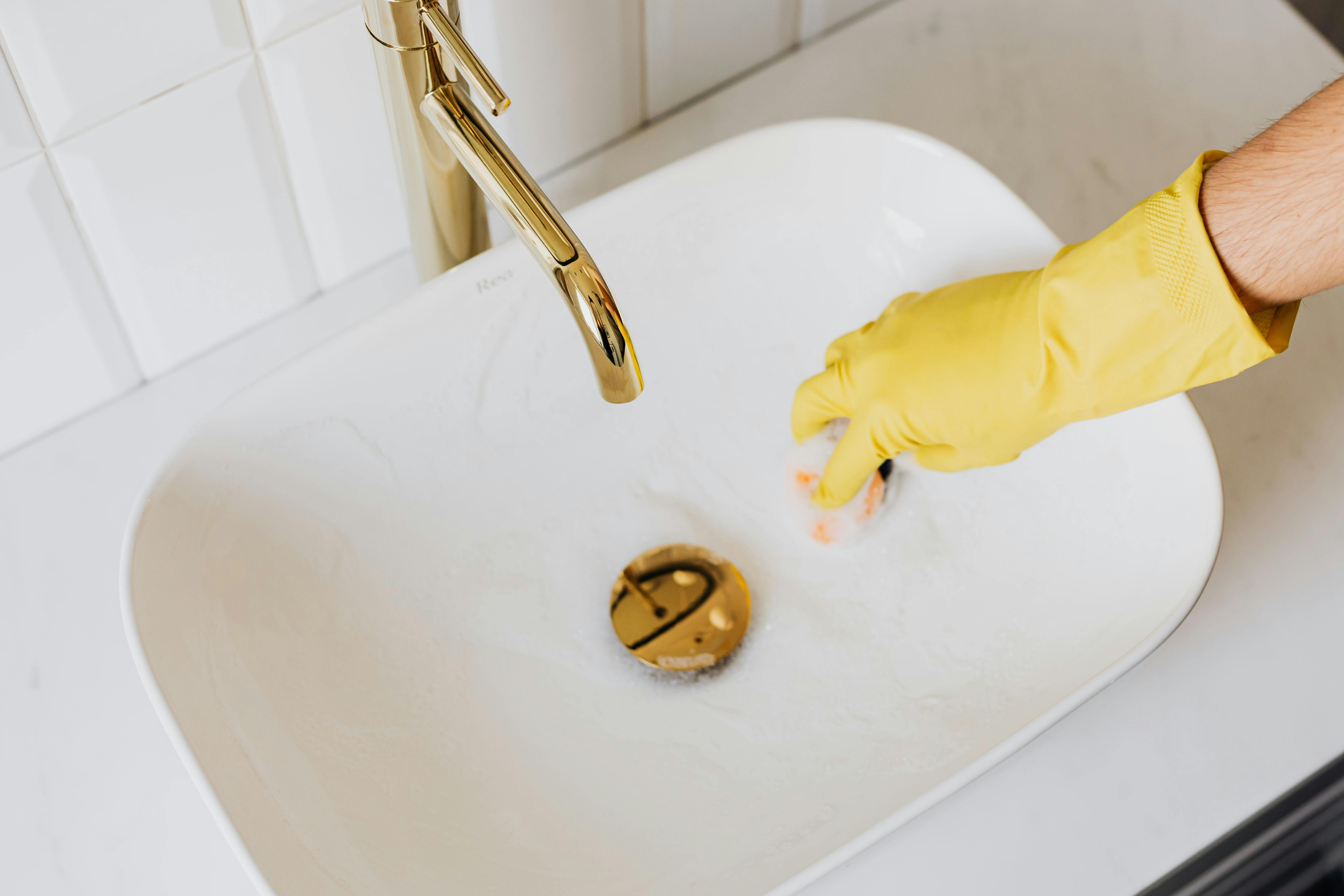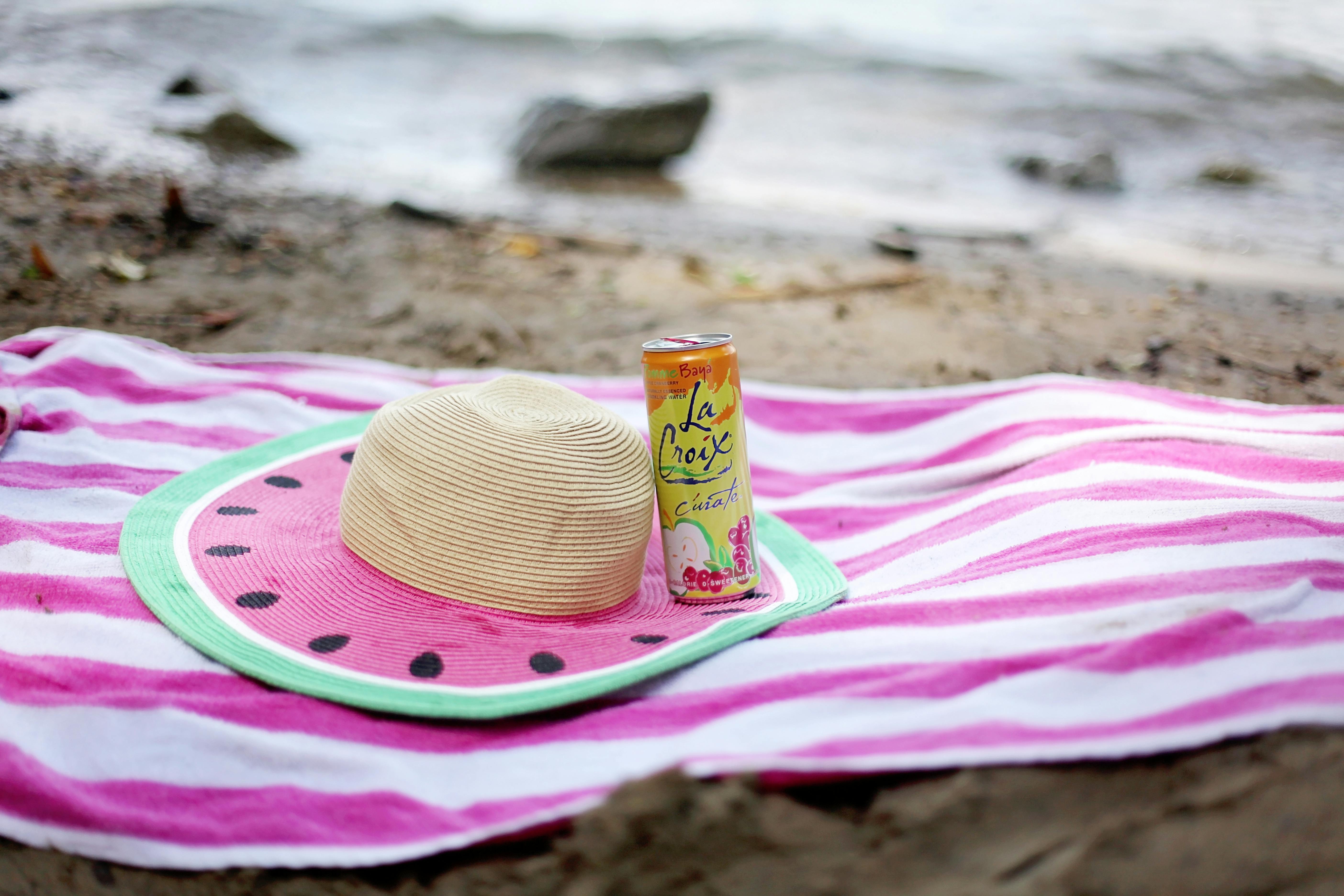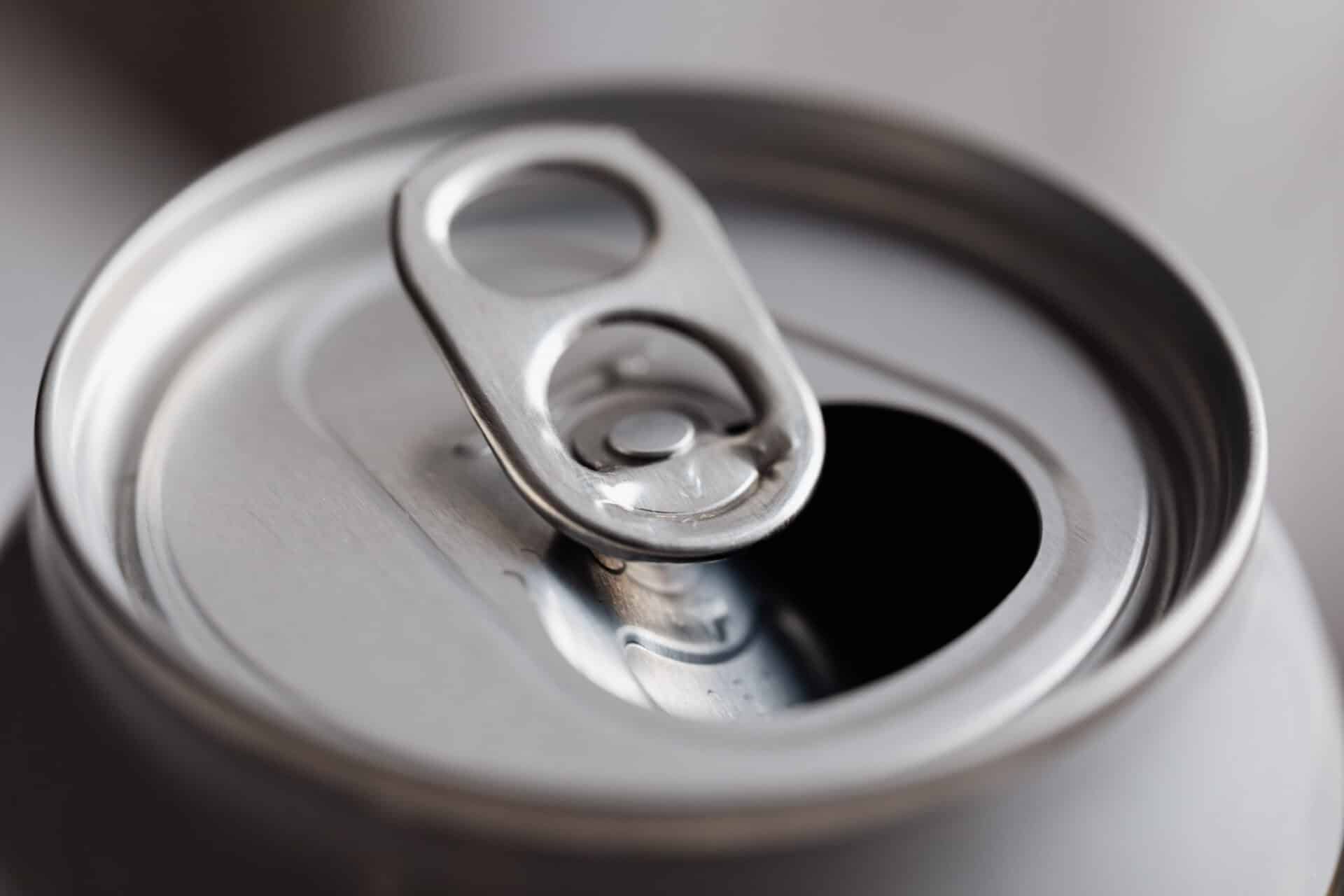Distilled water is a type of purified water that has many uses, from drinking to cooking. It is made by boiling tap water and collecting the steam, which is then cooled and condensed back into liquid form. Distilled water is generally safe to drink, although some experts suggest that it can be somewhat acidic and may lack certain minerals that are important for health. In this article, we will discuss how to make distilled water at home using tap water. We will also discuss the benefits and risks of drinking distilled water.Distilled water is water that has been boiled and the vapor condensed back into liquid form. This process removes any impurities or minerals from the water, making it pure and suitable for many uses. It is commonly used in medical settings, in steam irons, and for drinking water.
Is it Possible to Make Distilled Water at Home?
Yes, it is possible to make distilled water at home. Distilled water is created through the process of distillation, which involves boiling and condensing water vapor. This process removes all the impurities from the water, leaving only pure, clean drinking water. The process of distillation is used in a variety of industries, but you can use it to make distilled water right in your own home.
Making distilled water at home is not difficult, but it does require some effort and time. You will need a few basic items including a large pot with a lid, a heat source such as a stove or campfire, and some sort of condensation container such as an ice chest or plastic container. You will also need tubing to connect the condensation container to the pot.
To begin distilling your own drinking water at home, fill the pot with tap water and place it on your heat source. Put the lid on the pot and wait for it to come to a boil. Once the water has reached its boiling point, vapors will start rising from the pot and condense into droplets on the underside of the lid. These droplets should then run down into your condensation container through the tubing you have set up. The condensed liquid that comes out is now pure distilled water that is safe for drinking and other uses.
The key to making good quality distilled water at home is ensuring that any impurities that may have been present in the tap water are removed during boiling before they reach your condensation container. You should also make sure that nothing else enters your condensation container while you are collecting your distilled water; otherwise you may end up with contaminated or poor tasting drinking water!
Once you have collected enough distilled water for your needs, you can turn off your heat source and store it in an airtight container until needed again. Making distilled water at home can be an easy way to ensure that you always have clean drinking water available whenever needed!
Tap Water vs Distilled Water
Tap water is the water that comes out of the tap in our homes and is also known as municipal water. Tap water is usually treated with chemicals like chlorine, ammonia, and fluoride to make it safe for consumption. It also typically contains minerals, such as calcium, magnesium, sodium, and potassium. The presence of these minerals gives tap water a distinctive taste that some people find objectionable.
Distilled water is made by boiling tap water and then condensing the steam back into liquid form. This process removes all the dissolved solids from the tap water, including minerals and chemicals. As a result, distilled water has no taste or smell and can be used in many applications where purity is essential.
The biggest difference between tap water and distilled water is their mineral content. Tap water contains some naturally occurring minerals while distilled water does not have any mineral content at all. This makes distilled water ideal for use in medical treatments like dialysis or for preparing infant formula because it does not contain any potentially harmful contaminants or chemicals. However, it also means that drinking distilled water on a regular basis can lead to mineral deficiencies over time since it does not provide any beneficial minerals to the body through consumption.
In conclusion, both tap water and distilled water have their own benefits and drawbacks depending on their intended uses or individual preference for taste. While tap Water may be suitable for most everyday drinking purposes due to its convenience, flavour, and mineral content; distilled Water may be preferable when seeking a pure product free of contaminants or when higher levels of purity are needed for medical purposes .
What Household Items Do You Need to Make Distilled Water?
Distilled water is pure water that has been boiled and condensed back into liquid form. It can be used for a variety of purposes, from drinking to cleaning. To make distilled water at home, you will need three main household items: a pot, a heat source, and an empty container.
The first item you will need is a pot. The pot should be large enough to hold the amount of water you are distilling, but not so large that it takes too long to boil the water. You will also want to make sure the pot is made of non-reactive material such as stainless steel or enameled steel so it will not react with the water during the distillation process.
The second item you need is a heat source to boil the water. This could be an electric stovetop, a gas stovetop burner, or even an outdoor fire pit. Make sure your heat source is appropriate for your pot and can reach temperatures high enough to boil the water.
Finally, you need an empty container in which to collect the distilled water. This can be any clean container that won’t react with the boiling water and has an opening wide enough for steam to pass through but small enough that debris won’t get in. A glass jar or metal bowl works well for this purpose.
With these three household items – a pot, a heat source, and an empty container – you can easily make distilled water at home in just a few simple steps!
Step 1: Gather all the Materials
To make distilled water from tap water, you will need a few supplies. You’ll need a large pot, a smaller pot that fits inside the larger one, something to act as a lid for the larger pot, something to act as a platform for the smaller pot inside the larger one (ice cubes work well), and an empty container to collect the distilled water in. You will also need some tap water and ice cubes.
Step 2: Place the Smaller Pot Inside of the Larger Pot
Place the smaller pot inside of the larger pot. Make sure that it is centered and stable. Place enough ice cubes or another platform in between them to raise it up so that it is not touching the bottom of the larger pot.
Step 3: Fill Both Pots with Tap Water
Fill both pots with tap water. The smaller pot should be filled with enough water so that it does not overflow when boiling. The larger pot should be filled with enough water so that when boiling, it does not evaporate too much and leave too little for condensation.
Step 4: Boil Water
Place both pots on your stovetop on medium heat and bring them to a boil. Once boiling, reduce heat so that it maintains a low simmer without boiling over.
Step 5: Collect Distilled Water
As steam rises from the boiling tap water in your large pot, it will hit your lid (or ice cubes) and condense into droplets of distilled water which you can collect in your empty container placed below your lid (or ice cubes).
Step 6: Let Cool and Enjoy!
Once you have collected enough distilled water, remove both pots from heat and let cool before transferring your distilled water into another container for storage or usage. Enjoy!

Pros of Making Distilled Water at Home
Distilled water is free from minerals, chemicals, and other impurities. Making distilled water at home offers a convenient and cost-effective way to get clean drinking water. It can also be used to make coffee, tea, and other beverages that taste better when made with pure water. It can also be used for household cleaning and other purposes. The process of distillation is simple and requires minimal effort or materials. The distilled water produced at home is safe to drink since it has been purified by the distillation process.
Cons of Making Distilled Water at Home
Making distilled water at home requires a significant investment in time and equipment. It can take several hours to produce a single gallon of distilled water using a home distiller. Additionally, it may require the purchase of special equipment like glass containers or boiling pots. The process also uses large amounts of energy, which adds to the cost of producing distilled water at home. Finally, as with any form of boiling, there is a risk of burning or scalding if proper safety precautions are not taken during the distillation process.
Is it Safe to Consume Homemade Distilled Water?
Distilled water is water that has had all contaminants removed through a process of distillation. The process involves boiling the water and collecting its vapors, which are then condensed back into a liquid form. This process removes any impurities that may be present in the water, such as minerals, salts, or bacteria. While distilled water is considered safe to drink, there are some important considerations when it comes to drinking homemade distilled water.
One major concern with homemade distilled water is that it may not be free of contaminants and bacteria if it was not properly sterilized before distilling. It is important to ensure that the equipment used for distillation is properly sterilized before use in order to eliminate any potential sources of contamination. If this step is skipped or done improperly, then the resulting distilled water may contain impurities and bacteria which could be harmful if consumed.
In addition to being properly sterilized before distillation, homemade distilled water should also be filtered after distillation in order to remove any remaining particulates or bacteria that may have survived the distillation process. A simple carbon or sediment filter can accomplish this task and will help ensure that no contaminants are present in the finished product.
Overall, drinking homemade distilled water can be safe if it has been properly sterilized and filtered before consumption. It is important to note however that distilled water does not contain any essential minerals or electrolytes and may not provide adequate hydration on its own. For this reason, it is generally recommended to drink other types of filtered or purified waters in addition to consuming homemade distilled water.
Testing the Quality of Distilled Water Made at Home
Distilled water is a type of purified water that has had all its impurities removed through distillation. It is often used for drinking, cleaning, and cooking purposes. It is important to test the quality of distilled water made at home to ensure it is safe for consumption. Here are some tips on how to test the quality of distilled water made at home:
One way to test the quality of distilled water made at home is by using a TDS meter. A TDS (Total Dissolved Solids) meter measures the amount of dissolved minerals in a liquid sample. This can be a useful tool for testing the purity of distilled water, as it will indicate how much impurities are present in the sample.
Another way to test the quality of distilled water made at home is by using pH strips or litmus paper. These strips can be dipped into the sample and will turn different colors depending on how acidic or basic (alkaline) the water is. The ideal pH level for drinking water should be between 6 and 8, so if your sample’s pH level falls outside of this range it may not be suitable for drinking.
Finally, you can also use a home water testing kit to test distilled water made at home. These kits typically contain several different tests which can measure elements such as chlorine, lead, iron, and nitrates in your drinking water sample. If any of these elements are present in high levels it could indicate that your distilled water may not be safe for consumption.
By using these methods you can easily test the quality of distilled water made at home and ensure that it is safe for consumption. It is always best to use purified or spring-water rather than trying to make your own if possible, but if you do need to make your own then make sure that you perform regular tests on it to ensure its safety.

Conclusion
Distilled water is an important part of many industrial and home uses, and the process of distillation is an extremely effective way to purify water. Tap water can easily be distilled at home with a few everyday items and some patience. Although it takes some time and effort to produce distilled water from tap water, it is a safe and reliable way to get pure drinking water for any purpose.
Distillation is also an environmentally friendly process that does not introduce any contaminants into the environment, making it a great choice for those looking to reduce their environmental impact. Whether you want pure drinking water or need distilled water for industrial use, distillation is a great way to achieve your goals.

